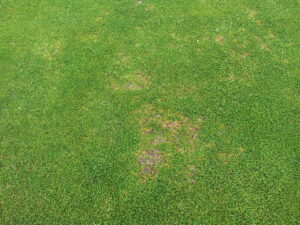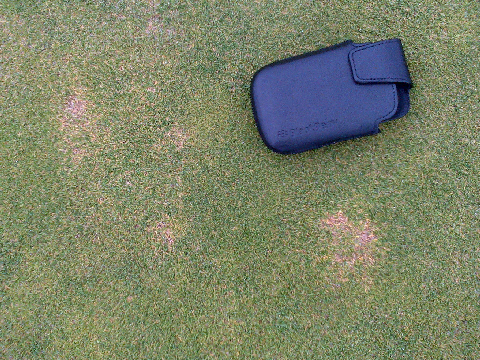Main Content
Anthracnose disease was active as early as April 16 this year and has intensified in recent weeks on our low N fertilization plots.

One of our experiments has the objective of determining whether anthracnose can be managed with curative sprays if [Read more…] about Anthracnose Active on Annual Bluegrass


